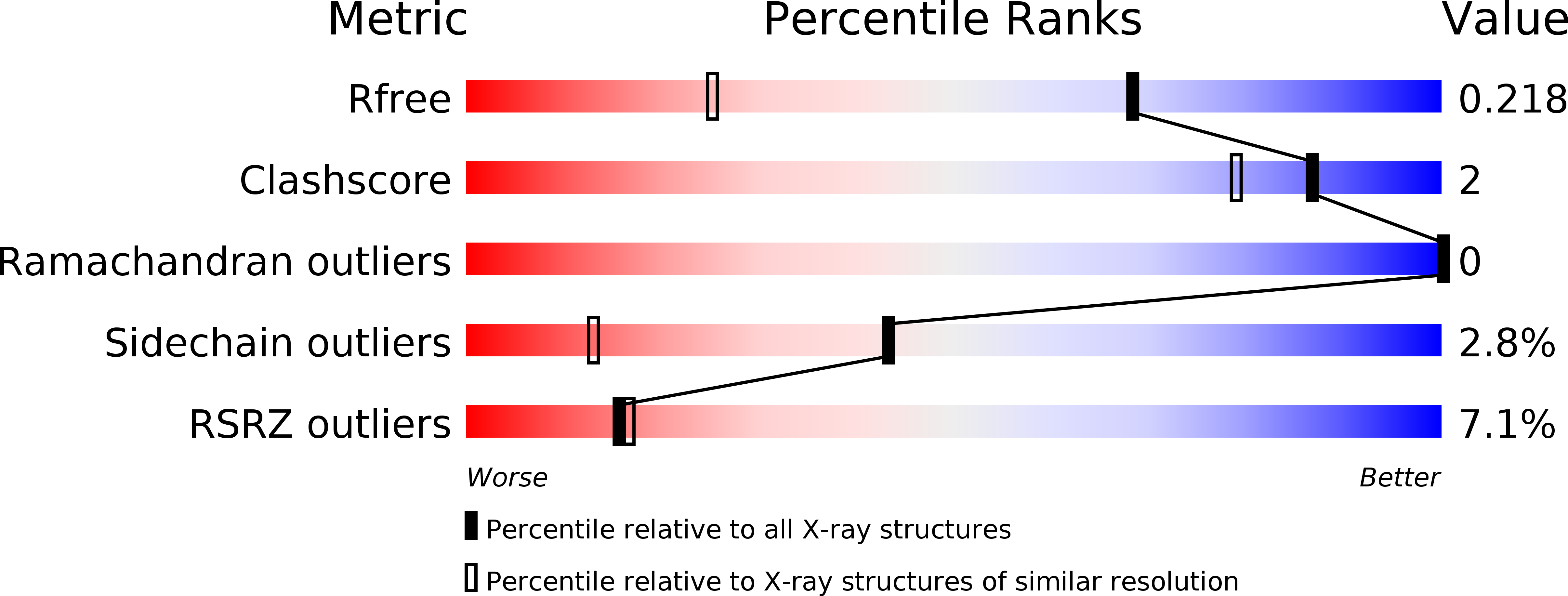
Deposition Date
2019-07-22
Release Date
2019-11-27
Last Version Date
2024-05-15
Method Details:
Experimental Method:
Resolution:
1.48 Å
R-Value Free:
0.21
R-Value Work:
0.19
R-Value Observed:
0.19
Space Group:
C 1 2 1


